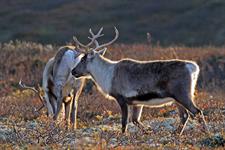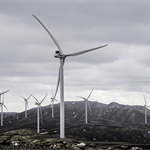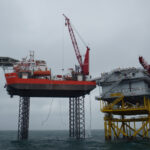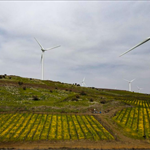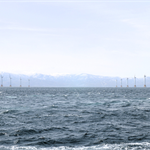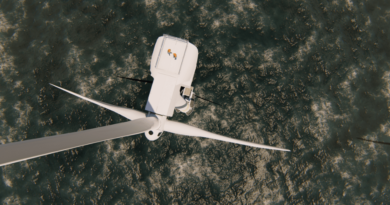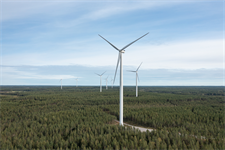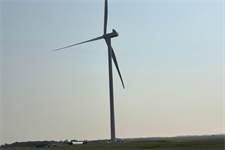Europe’s largest wind farm finished despite reindeer protests
Energy Disrupter
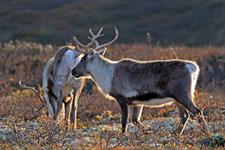
The last of the Vestas V117-3.45 turbines have been fitted at Geitfjellet in Sor-Trondelag – one of the six wind farms that make up the Fosen cluster – developer Statkraft confirmed this month.
However, rock-bottom electricity prices across the Nordic markets, potentially undermining other renewable project’s profitabilities, have left the Norwegian state utility with a bad taste in its mouth.
Statkraft had previously announced plans to invest about NOK 10 billion (€1.04 billion) in renewables each year between 2019 and 2025, with Norway remaining the largest single market for investments (26%). But the company is now shifting its attention to onshore wind in other markets.
During Fosen’s development, Statkraft and its partners had to deal with a local protest of reindeer herders fighting against the turbines damaging their feeding pastures and ruining their traditional way of life — claims the developer has strongly rejected.
In a statement on the utility’s Q2 results published in July, chief executive Christian Rynning-Tønnesen said power prices in the second quarter had dropped by as much as 84% to €5.60/MWh due to large snow-melting and full hydro reservoirs. The lower Nordic power prices played a large role in Statkraft recording a NOK 1.6 billion fall in profits to NOK 491 million.
Statkraft is Europe’s largest renewable energy producer with a 52.1% stake in the Fosen project. The remainder includes a 40% stake from Nordic Wind Power, a consortium led by Credit Suisse Infrastructure Partners. The rest is owned by local power utility Trønder Energi.

